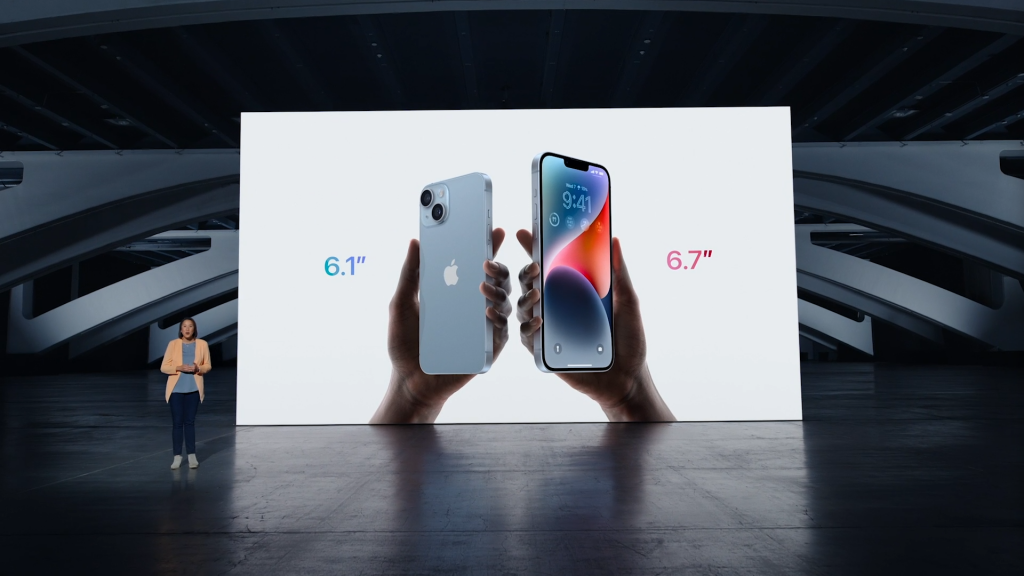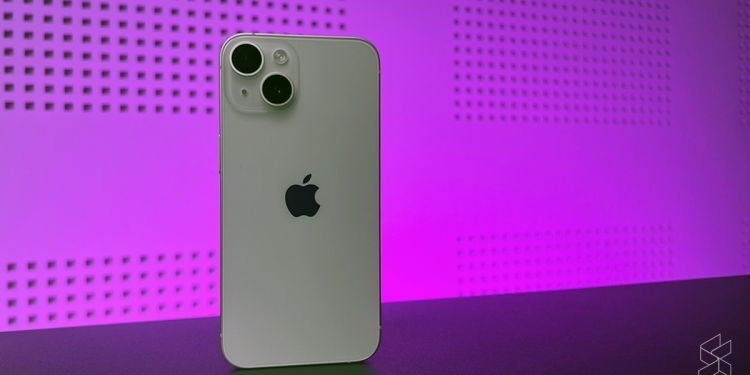It didn’t take long after the iPhone 14 launch for people to realise that it’s actually not that much of an upgrade over the previous generation iPhone 13 lineup. Apart from a new large screen option, the iPhone 14 and iPhone 14 Plus are mostly the same device as the iPhone 13, with the only major hardware changes being an extra GPU core in the processor, autofocus in the selfie camera and a slightly improved rear camera.
As such, it seems that many customers have not been tempted into getting the neither the iPhone 14 nor the iPhone 14 Plus. This went against what Cupertino believed to have been a good strategy; they saw the floundering sales figures of the iPhone Mini as a sign that users wanted a large screen entry-level iPhone, and so they came up with the iPhone 14 Plus. Apple even upgraded their sales projections for the iPhone 14 series in the weeks leading up to its release. However, it seems that they’ve cut one too many corners with the iPhone 14 and iPhone 14 Plus, with pre-order numbers for the latter worse than that of the iPhone 13 Mini.

Perhaps as a result of the backlash, Apple has since told their suppliers to cut back on efforts to increase production of the iPhone 14 series by as many as 6 million devices this year. According to Bloomberg, with Apple’s hopes of increased demand for the iPhone 14 series up in smoke, Cupertino will instead target making just 90 million devices by the end of the year, the same amount as last year.
In fact, with reception of the iPhone 14 Pro and iPhone 14 Pro Max much stronger than the iPhone 14 and iPhone 14 Plus, Apple has even told one of their suppliers to shift capacity away from the non-Pro iPhones towards their more high-end models instead. The news also hurt their suppliers in other ways too; shares for Hon Hai, Apple’s biggest iPhone assembler, fell by as much as 2.4%, while TSMC, who makes the A15 Bionic and A16 Bionic in the iPhone 14 and iPhone 14 Pro, saw their shares dip 1.8%.
It’s not completely Apple’s fault that their iPhone 14 lineup isn’t selling like hotcakes. Globally, demand for electronics are on a downward spiral as many regions across the world struggle with inflation. International Data Corporation, a market research firm, expects the smartphone segment to shrink by as much as 6.5% this year.
[ SOURCE ]








